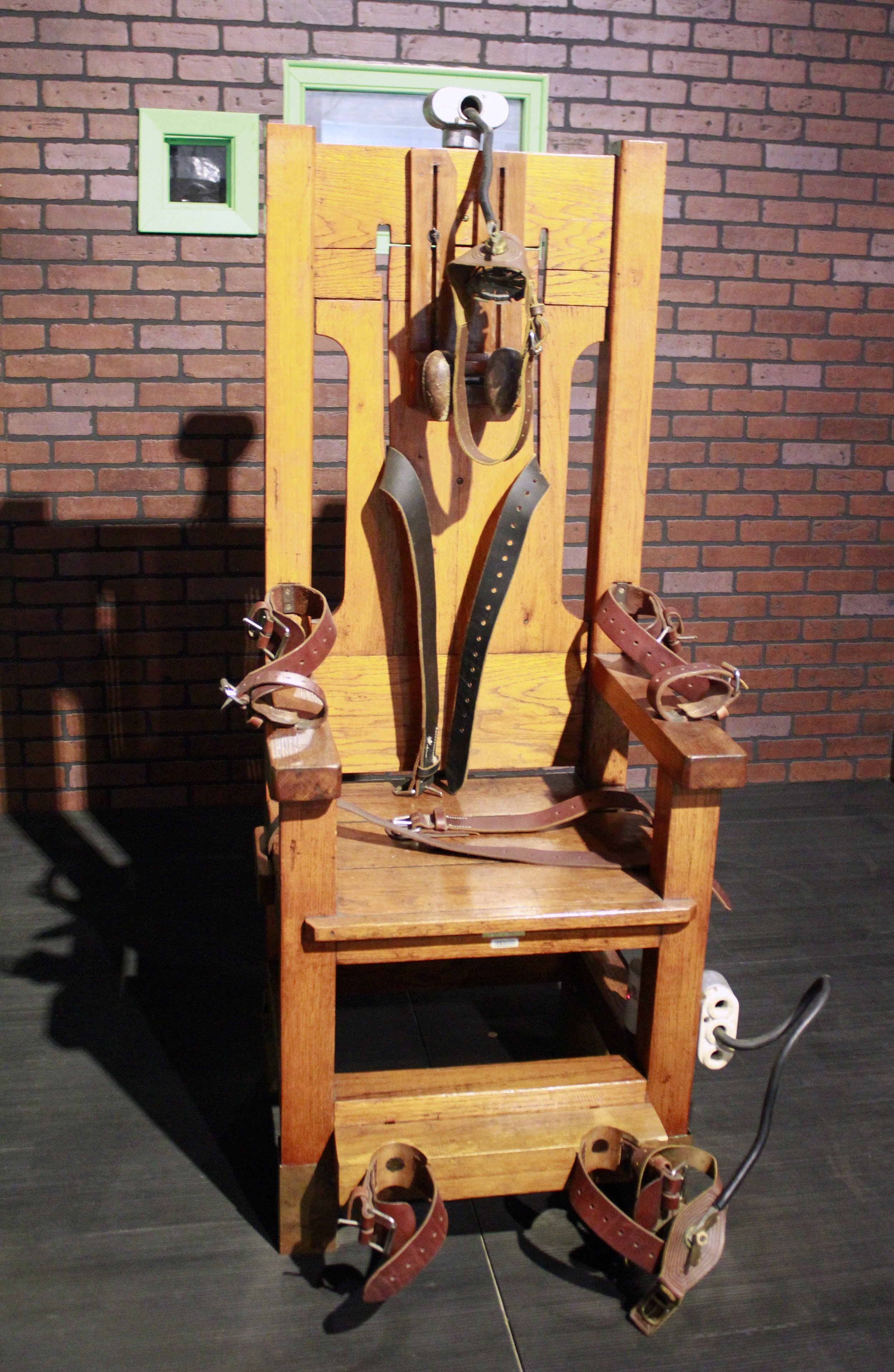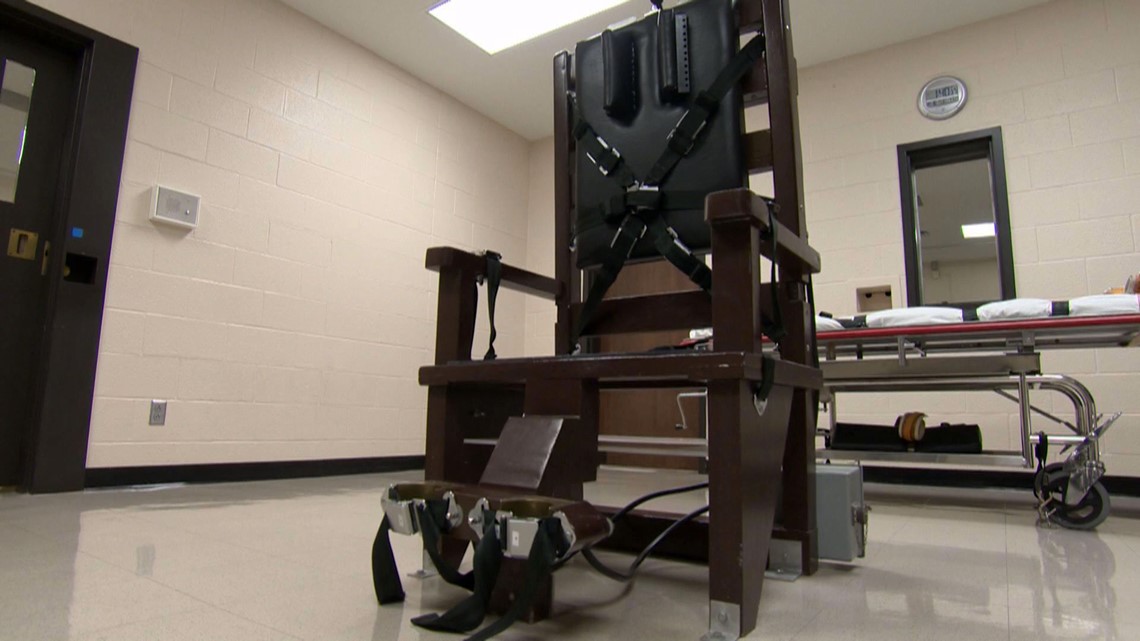Does the phrase "one girl, one electric chair" evoke a sense of chilling curiosity or utter revulsion? It is a stark reminder of the disturbing intersection of human fascination with the macabre and the somber realities of capital punishment, a concept that continues to ignite passionate debate worldwide.
The phrase, often abbreviated and shared across social media platforms with a disturbing flippancy, belies a complex history and a haunting legacy. While seemingly sensationalist, the underlying connection to historical events involving capital punishment, particularly the use of the electric chair, necessitates a closer examination. It prompts questions about our societal desensitization to violence, the exploitation of tragedy for entertainment, and the ongoing ethical dilemmas surrounding state-sanctioned execution. From the grim realities of death row to the commodification of fear in online content, the phrase "one girl, one electric chair" acts as a potent, albeit unsettling, cultural touchstone.
| Aspect | Information |
|---|---|
| Origin and Development | Developed in the late 19th century as a supposedly more humane alternative to hanging. First used in the United States. |
| First Execution | William Kemmler, August 6, 1890, at Auburn Prison in New York. The execution was widely considered a botched procedure. |
| Mechanism | Involves strapping the condemned to a specially designed chair and applying electrodes to the head and leg. High voltage electricity (typically 2000 volts or more) is passed through the body for a predetermined duration. |
| Process | The condemned is typically shaved and strapped securely to the chair. A saline-soaked sponge is placed between the electrode and the head to improve conductivity. A leather mask or hood is often used to conceal the face. |
| Physiological Effects | The electricity causes massive damage to the internal organs, brain, and nervous system. Death is theoretically caused by cardiac arrest and respiratory failure. |
| Controversies | Perceived as cruel and unusual punishment, leading to legal challenges and declining use. Concerns about the possibility of prolonged suffering and botched executions. |
| Decline in Use | Gradually replaced by lethal injection as the primary method of execution in the United States. |
| Current Status | While once prevalent, its use has significantly decreased. Some states still authorize it as an option, but lethal injection is generally preferred. |
| Ethical Considerations | Raises fundamental questions about the morality of capital punishment and the role of the state in taking a human life. Debates over the potential for errors and the risk of executing innocent individuals. |
| Notable Cases | Ted Bundy, Julius and Ethel Rosenberg, and numerous others were executed via the electric chair, each case surrounded by legal and ethical debates. |
| Visual Depictions | Often portrayed in popular culture (films, books, etc.) as a symbol of state power and the ultimate punishment. These depictions can contribute to both fascination and revulsion. |
| Further Reading | Death Penalty Information Center |
- Unlock The Secrets Of Programming A Deep Dive
- Alight Motion Magic Green Screen Logo Png Secrets Revealed


